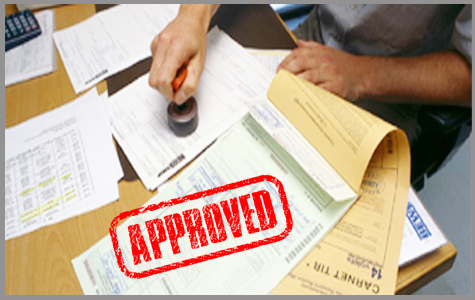Import Antiques to the UK: An In-depth Analysis
The United Kingdom has long been a hub for antique collectors and enthusiasts. Importing antiques into the UK can be a rewarding experience, but it also involves navigating a complex set of regulations and requirements. This guide aims to provide a comprehensive overview of the process involved in importing antiques into the UK. From understanding legal considerations to navigating customs procedures, this article will equip individuals with the knowledge needed to successfully import antiques while ensuring compliance with UK regulations.
The first step in importing antiques into the UK is to understand the legal considerations. This includes determining whether the antique is subject to import restrictions or prohibitions. For example, some countries have restrictions on the import of antiques that are made from endangered species.
Importing Antiques to the UK - Legal Considerations
When importing antiques into the UK, it is crucial to consider legal requirements. The following points highlight key aspects of legality that importers need to be aware of:
a) Age and Classification: Antiques must meet the criteria for classification as laid out by the UK government. Generally, items over 100 years old are considered antique, but specific guidelines exist for different categories such as furniture, artwork, and textiles.
b) CITES Regulations: If the imported antiques include endangered species or their derivatives, compliance with the Convention on International Trade in Endangered Species of Wild Fauna and Flora (CITES) regulations is mandatory. Certain species may require permits or certificates to ensure sustainable trade.
c) Cultural Property: Importing culturally significant items, such as archaeological artifacts or national treasures, may require additional permissions from relevant authorities in the country of origin and the UK.
Research and Documentation
Thorough research and proper documentation are vital to a successful import process. The following steps should be followed:
a) Authenticity and Provenance: Verify the authenticity and provenance of the antique item before making a purchase. This involves researching the item's history, origin, and previous ownership. Detailed documentation, including invoices, receipts, and certificates of authenticity, are essential for customs clearance.
b) Valuation and Appraisal: Obtaining a professional valuation or appraisal of the antique is crucial. This helps determine the item's value for insurance purposes and assists customs officials in assessing duty and tax liabilities accurately.
c) Import Licenses: Certain categories of antiques may require specific import licenses. For example, firearms, ivory, and items of national importance may need special permits. It is essential to consult with the relevant authorities and obtain the necessary licenses before importing such items.
d) Customs Declarations: Accurate and detailed customs declarations are vital when importing antiques. Descriptions, including materials, dimensions, and historical context, should be provided. Value declarations should reflect the fair market value of the item
Antique Shipping and Transportation
Choosing the appropriate shipping and transportation methods is crucial to ensure the safe and efficient arrival of imported antiques. Consider the following factors:
a) Packaging and Crating: Proper packaging and crating are essential to protect antiques during transportation. Fragile items should be securely packed with adequate padding and cushioning. Crates should be sturdy and well-constructed to withstand handling and potential impacts.
b) Insurance: It is highly recommended to obtain comprehensive insurance coverage for the antique items during transit. This protects against loss, damage, or theft and provides peace of mind throughout the transportation process.
c) Shipping Modes: Selecting the appropriate shipping mode depends on various factors such as cost, urgency, and the nature of the antiques. Options include air freight, sea freight, or courier services. Each mode has its advantages and considerations, including transit time and customs clearance procedures.
Customs Clearance and Taxation
Navigating the customs clearance process is a critical aspect of importing antiques into the UK. Consider the following:
a) Import Duties and Taxes: Imported antiques may be subject to import duties, value-added tax (VAT), and other taxes. It is important to understand the applicable rates and exemptions to accurately assess the financial implications. Professional advice from customs brokers or tax specialists can be valuable in this regard.
b) Temporary Admission: If the imported antiques are intended for temporary purposes, such as exhibitions or auctions, the Temporary Admission (TA) scheme may be applicable. Under TA, import duties and VAT can be suspended until the items leave the UK. Specific requirements and time limits apply, so it is important to consult with customs authorities.
c) Customs Procedures: Proper completion of customs declarations and accurate documentation is crucial. This includes providing detailed descriptions, supporting invoices, and any relevant licenses or permits. Utilizing the services of a reputable customs broker or freight forwarder can streamline the process and ensure compliance with customs regulations.
Importing antiques into the UK can be a fascinating endeavor for collectors and enthusiasts. By understanding the legal considerations, conducting thorough research, and adhering to proper documentation and customs procedures, individuals can navigate the import process successfully. While it may involve complexities, the joy of adding unique and valuable antiques to collections makes the effort worthwhile. Remember, seeking professional advice, staying updated on regulations, and being diligent throughout the process are key to a smooth and rewarding importing experience.
DOCUMENT REQUIREMENTS
- Certificate of Origin
- Bill of Lading
- Packing List
- Commercial Invoice
- Customs Clearance

